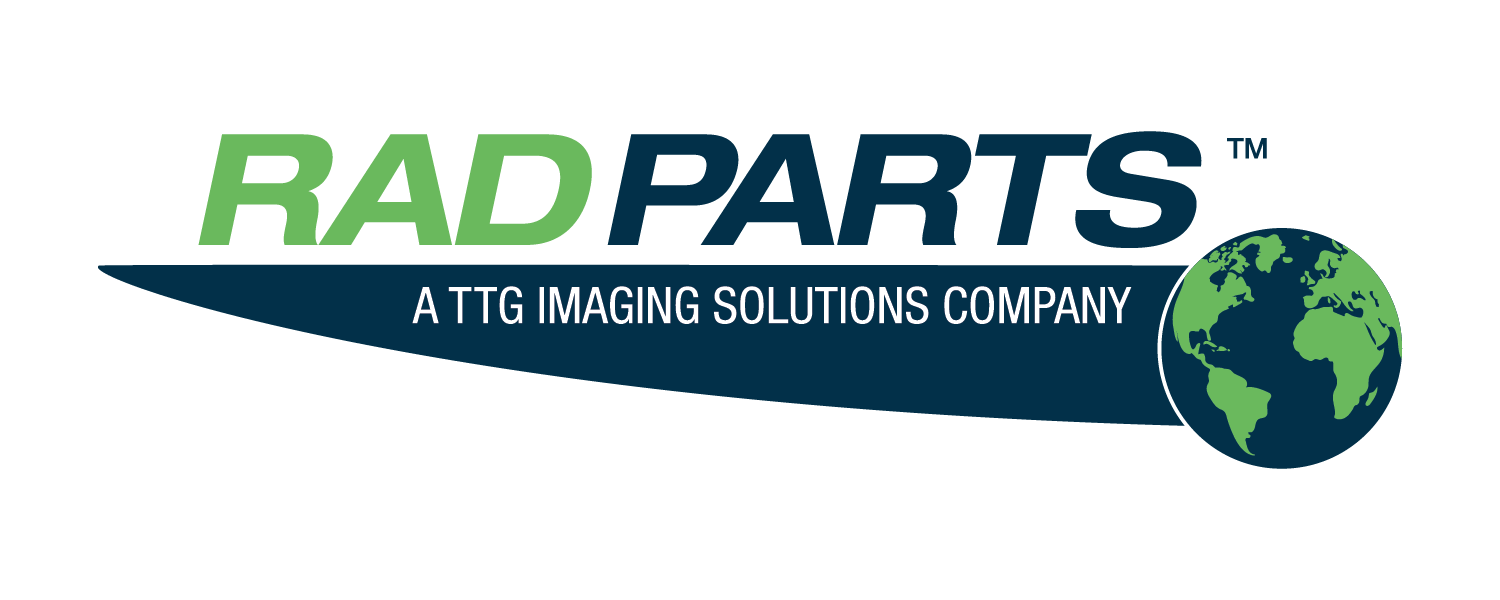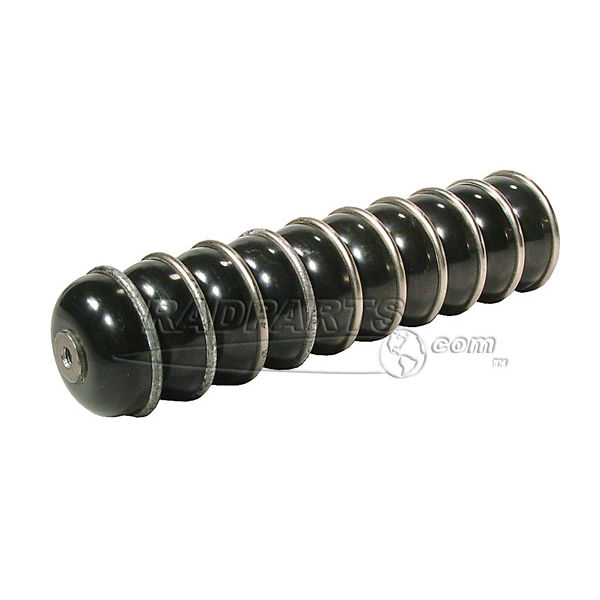Evaluating Skin Dose From The MRI Linac

Evaluating skin dose from the MRI-Linac
2017-10-25 17:28:35
External-beam radiotherapy systems that that employ real-time or near real-time MRI guidance show much promise as a new technique to treat cancer. Prototype hybrid MRI-Linac systems are being evaluated as modalities to deliver high precision ablative radiotherapy.
Researchers at Sunnybrook Health Sciences Centre in Toronto are investigating the feasibility of using an MRI-Linac to treat breast cancer patients, using hypofractionated partial breast irradiation (HPBI). Sunnybrook's Odette Cancer Centre is evaluating a clinical prototype of Elekta's MRI-Linac. Its clinical staff believe that the system's online visualization and tumour contouring capabilities, combined with the ability to reduce internal motion margins using multileaf collimator tracking or exception gating from real-time MR images, will be advantageous for treating intact breast tumours. However, one concern is that treatment with an MRI-Linac can cause elevated radiation doses to the skin. The ever-present magnetic field can create electron return effects (ERE), in which electrons liberated at tissue "air and tissue "lung interfaces curl back on themselves and deposit larger radiation doses in tissue at these interfaces. Medical physicist Anthony Kim and colleagues conducted a simulation study to determine the impact of the magnetic field on HPBI dose distributions. After evaluating a tangential beam arrangement (TAN), 5-beam intensity-modulated radiation therapy (IMRT) and volumetric-modulated arc therapy (VMAT), the researchers confirmed their hypothesis that the magnetic field increases the skin dose. The magnetic field had clinically negligible effects on radiation dose to the heart and the lung (J. Appl. Clin. Med. Phys. doi: 10.1002/acm2.12182).
OTHER ARTICLES:
- New MRI Study Links MASLD to Accelerated Brain Aging: What You Need to Know
- New PET and MRI Research Suggests Visceral Fat Reduction Could Help Prevent or Delay Alzheimer's Disease
- New Discovery in Matter-Antimatter Asymmetry
- Compact, Cost-Effective Laser-Powered Particle Accelerators: A Game Changer for the Industry
- Prenuvo Launches FDA-Cleared AI-Powered Whole Body MRI Screening Products
- Linear Particle Accelerators Market: A Thriving Industry with Expanding Horizons
- Prevention and Screening: Major Contributors to Saving Lives in Five Key Cancer Types
- Can AI Improve Early Detection of Breast Cancer in MRI Studies?
- BAT: A Revolutionary Garment Enhancing Radiation Safety for Healthcare Professionals
- Research Advocates for Advanced Precision Radiation Therapy in Lung Cancer
















